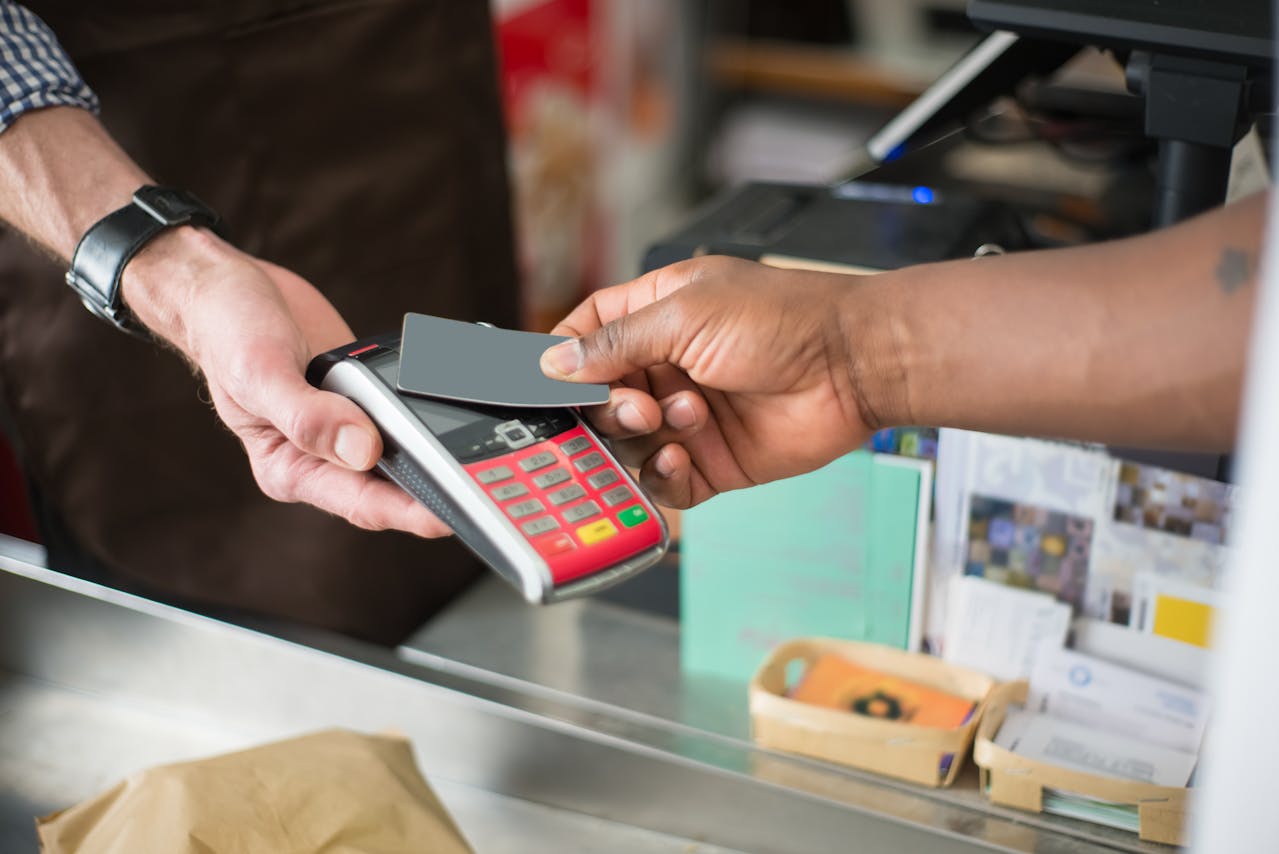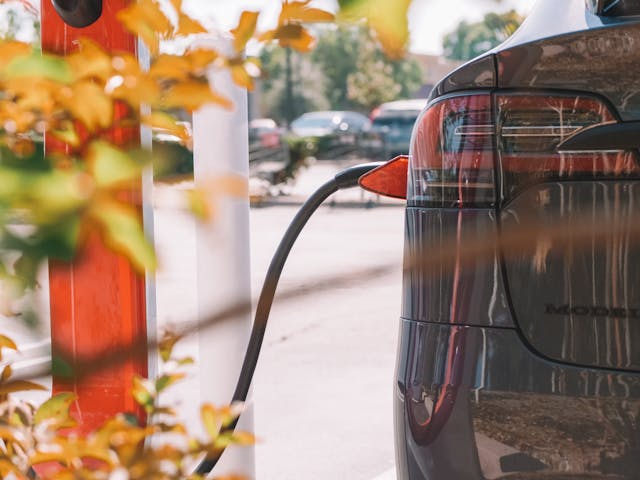

The imperative for a sustainable recovery in the Southeast Asia region has been intensified by the COVID-19 pandemic. Not only has the pandemic wreaked havoc on economies - it has also underscored the need for SEA nations to bolster their resilience against climate change, especially since the region is vulnerable to climate crises.
Efforts towards sustainable recovery in SEA have prominently featured the environmental, social, and governance (ESG) framework. Public sector stakeholders in the region have proactively introduced or outlined various national and regional initiatives to foster sustainable growth. The deployment of stimulus packages, alongside fiscal and monetary policies, also emerged as immediate short-term measures to propel sustainable recovery efforts forward.
As an illustrative example, the Indonesia Stock Exchange (IDX) endorsed the Task Force on Climate-related Financial Disclosures (TCFD) in June 2021 to promote sustainable practices within Indonesia's capital market. Additionally, a collaboration agreement was signed between the Global Reporting Initiative (GRI) and the Indonesian government in 2021 to support and implement sustainability reporting frameworks nationwide.
Businesses in SEA are also feeling pressure to prioritize sustainability. The region has witnessed a significant influx of investments since 2020, totaling 15 billion US dollars, with a majority directed towards renewable energy and infrastructure development. In addition, private equity and venture capital investments in sustainability initiatives have also experienced exponential growth, particularly in sectors such as energy and agri-food.
The implementation of ESG in SEA, however, is not without its challenges. The region grapples with intricate economic, social, and environmental issues, compounded by coordination challenges among governments and a lack of alignment across SEA nations.

SEA is facing significant challenges in achieving the Sustainable Development Goals (SDGs) set by the United Nations for 2030. Despite progress made across the region, it is currently off track to meet any of the 17 SDG targets. Additionally, 85% of SEA's total primary energy supply still comes from non-renewable sources.
The alarming situation extends to environmental concerns, with SEA projected to experience a substantial increase in CO2 emissions, potentially reaching up to 2,400 Mt CO2. This figure underscores the urgent need for enhanced emissions reduction efforts, particularly among Southeast Asian companies.
In a report published by YCP Solidiance titled "Accelerating Sustainable Recovery in Southeast Asia," SEA will need to support its sustainability credentials, including preparing for more global ESG standards and disclosure requirements in the next decade. Corporates and suppliers in SEA will also need to align with these regulations to ensure responsible business practices and support sustainable recovery in SEA.
Despite these challenges, governments across SEA have committed to achieving net-zero emissions between 2050 and 2065 through nationally determined contributions (NDCs) following the ratification of the Paris Agreement. These commitments entail a gradual reduction in reliance on fossil fuels to meet the region's growing energy demands.
Looking ahead, the sustainable recovery of SEA is also poised to revolve around the economy. Businesses operating in the region must integrate ESG principles into their business planning to remain competitive in the market. The concerted efforts of the public and private sectors reflect a commitment to building a more resilient and sustainable future for Southeast Asia.
Source: https://ycpsolidiance.com/white-paper/the-current-energy-transition-in-vietnam

Digital Lending in Southeast Asia: Current Trends and Future Outlook
Digital lending in Southeast Asia (SEA) has been on an upward trajectory, significantly enhancing financial access for both individuals and businesses. The region's high internet and mobile penetration rates have facilitated this growth, enabling more people to access financial services conveniently. Governments across SEA are actively promoting digital lending as a means to improve financial inclusion, particularly for the underbanked and unbanked populations. For instance, digital lenders in countries like Indonesia and the Philippines have capitalized on the surge in internet usage to offer innovative lending solutions.

The Latest Trends and Developments in SEA’s Digital Payments Landscape
The adoption of digital payments in Southeast Asia (SEA) has accelerated, driven by technological advancements, government initiatives, and changing consumer behaviors. It has evolved from simple online transactions to sophisticated financial ecosystems that include various payment methods such as mobile wallets, QR code payments, and Buy Now Pay Later (BNPL) options.

Navigating the Digital Era: Future Jobs and Skills in the Age of Digitalization
The job market's transformation driven by digitalization highlights the need to understand emerging trends and acquire essential skills for thriving.

Navigating Key Challenges in Southeast Asia’s EV Market
Southeast Asia (SEA) finds itself at a crucial juncture in the journey towards electric vehicle (EV) production and adoption as the world transitions towards sustainable transportation solutions. The region has several significant keys for developing the EV industry, such as Indonesia's nickel supply and Thailand's EV manufacturing potential. However, the ASEAN EV industry faces many challenges and threats that must be overcome to ensure success in the region.